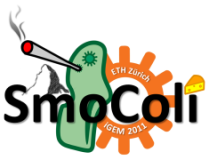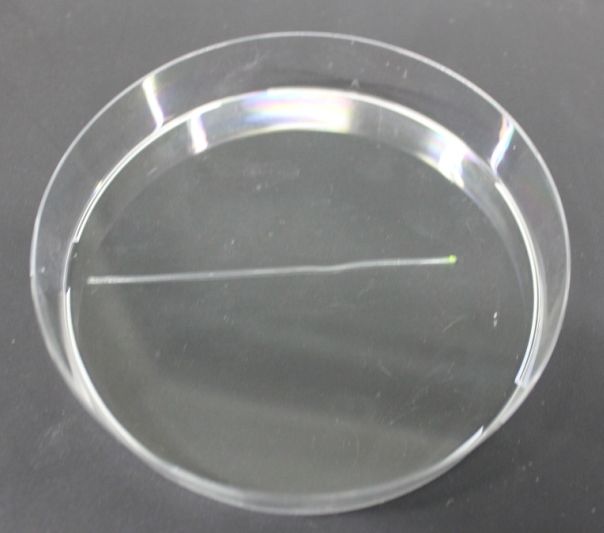Team:ETH Zurich/Process/Microfluidics
From 2011.igem.org
| Microfluidics |
| ||
|
We relatively early figured out that we need a some kind of channel to establish the acetaldehyde or xylene gradient needed for SmoColi (see Circuit Design). However, there were several different channel designs possible, and the final design evolved through an iterative series of design steps and design validations. The first designs were validated based on vast simulations, the final design furthermore by biological experiments in the lab (see Systems Validation). | |||
First Channel DesignsMicrofluidic channel with flow and recycling of the medium
|
 "
"





